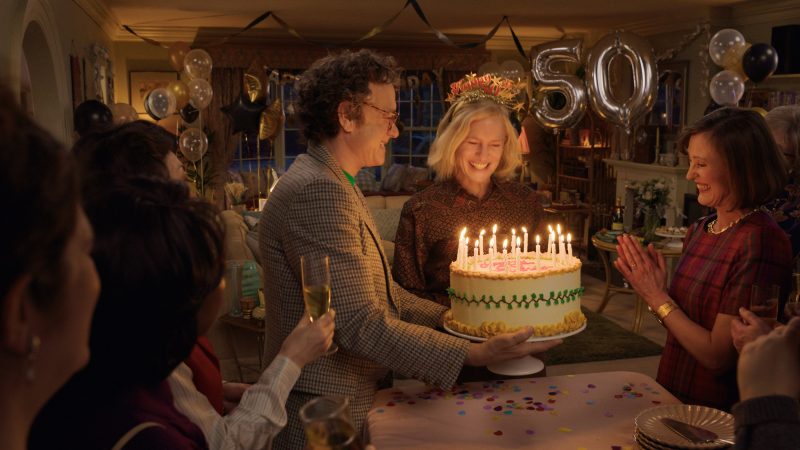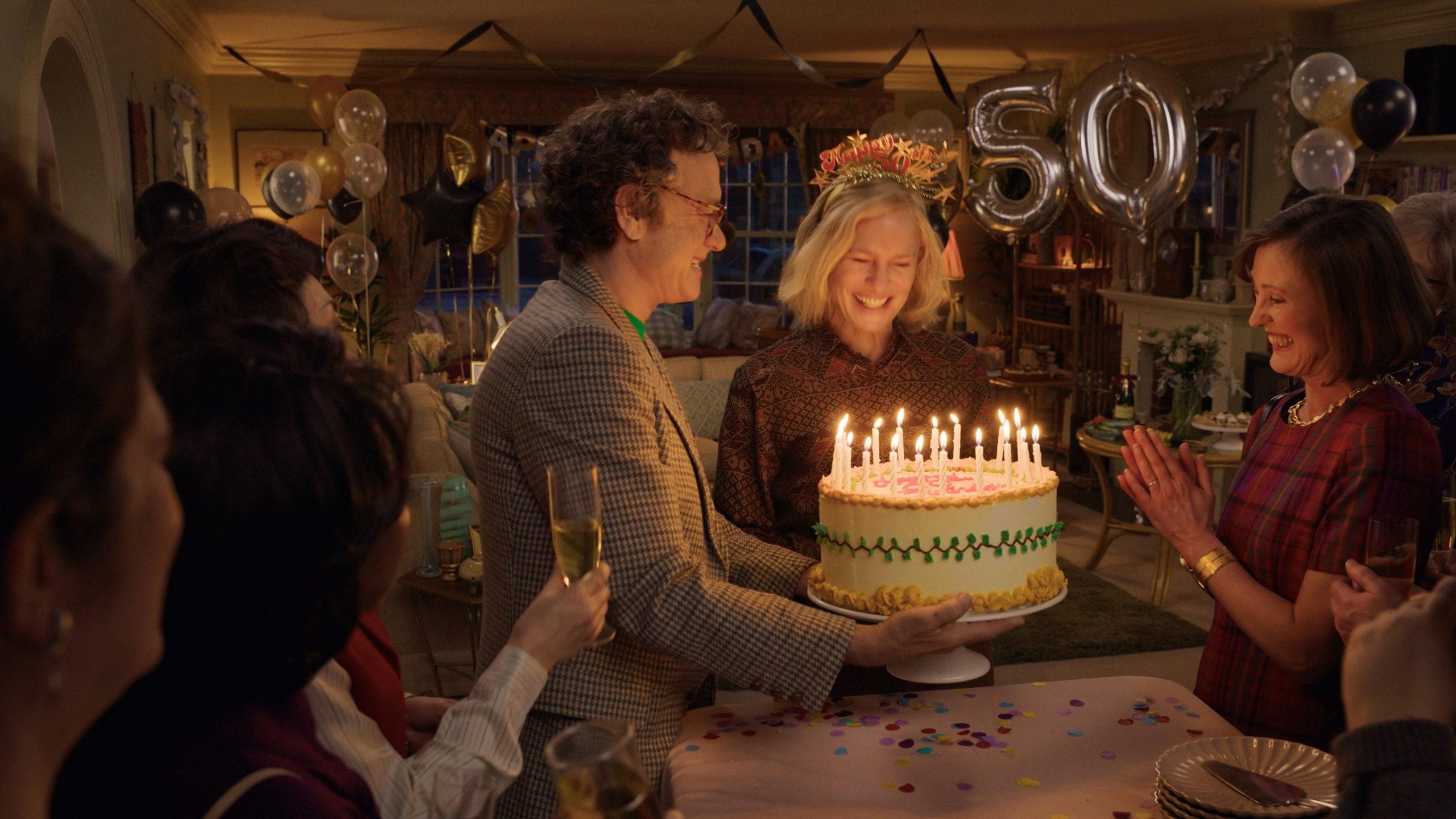
If there’s a place you consider home in every sense of the word—a place that stirs deep nostalgia and memories—then Here is aimed squarely at you. That’s no small target and no easy mission. Yet, writer/director Robert Zemeckis is no stranger to cinematic challenges. With a legacy of films including Back to the Future, Who Framed Roger Rabbit, Contact, Flight, and most notably Forrest Gump, Zemeckis has a reputation for blending passionate storytelling with technical innovation.
Here unfolds from a single, fixed perspective across millennia, as though a camera were planted at the dawn of time, capturing everything that unfolds before it. Through this lens, we witness a series of snapshots, spanning from the present back through each generation that lived there. We see Native Americans traversing the land, and, before them, the primordial stirrings of life bubbling up from the earth below. The concept is intriguing: a static viewpoint over time, allowing us to witness how location and identity intertwine.
The film’s primary setting is the living room of a house built over a century ago. The outside world is seen through the ever-changing view of its large bay window. Seasons change, neighboring homes appear and vanish, cars and fashions evolve. Interiors beside the window also shift with the times. The inspiration for the setting and story comes from a 2014 graphic novel of the same name. It features a unique “shot within a shot” technique where an image of a room in 2020 might include an inset showing someone lighting a fire in 1920, overlaying the fireplace. This multi-temporal layering provides a fresh way to transition through the eras, creating a visually compelling narrative.
Notably, Here reunites Zemeckis with Forrest Gump stars Tom Hanks and Robin Wright, along with writer Eric Roth. Yet, this reunion comes at a cost. The pressure to match their past success bleeds through with a misguided preoccupation to remind us of Gump’s nostalgic charm and technical wizardry.
In Gump, we feel an often-authentic sense of whimsy and nostalgia, especially in its famous opening and closing feather scenes. In Here, this effect is heavily tarnished. A CGI hummingbird serves as a symbolic stand-in for the feather, but looks awkward and out of place, lacking the natural magic of the original. Historical cameos, which were used to great effect in Gump, also fall short here. In Gump, Forrest’s encounters with historical figures like JFK and Nixon are lighthearted but integral to the plot. In Here, however, cameos from figures like Benjamin Franklin and the inventor of the La-Z-Boy come off as artificial and distracting. Nearly all of them strain credulity: for example, Franklin’s son William didn’t live in the area, and the La-Z-Boy wasn’t invented by a single visionary, let alone anywhere near Philadelphia.
The main thrust of the tail focuses on Richard (Hanks) and Margaret (Wright) as they struggle with the daily machinations of the human condition. Their oft-wayward course reminded me at once of John Lennon‘s eloquently accurate lyric, “Life is what happens to you while you’re busy making other plans”.
As we might expect from Zemeckis, CGI plays a prominent role, particularly in de-aging Hanks and Wright. However, forced close-ups repeatedly bring them uncomfortably close to the viewer, drawing attention to the CGI rather than enhancing the story. This fixation on the technology feels like an unnecessary display of technique, as though the film were saying, “Look at what we can do now!” The CGI also struggles to capture realism in simpler moments; even the embers in the fireplace lack the warmth and movement of real fire. Ironically, the film’s digital effects detract from the intimate, nostalgic atmosphere it aims to create.
It’s clear that Here is designed to tap into our longing for a sentimental journey—a sort of Kodak moment in cinematic form. Yet, instead of an organic sense of nostalgia, it lands more like a sappy greeting card: visually appealing but hollow. The experience feels like a cinematic equivalent of Disney’s Carousel of Progress ride, where the setting updates with the times but the perspective remains outdated. The film’s commitment to its single perspective needlessly limits the emotional depth of its characters, robbing them of authenticity and making it difficult to connect with their stories.
Ultimately, Here misses the mark, delivering a shallow echo of the heartfelt nostalgia that Forrest Gump captured so well. As Forrest might say in response to this house’s constrained, myopic view: sometimes there just aren’t enough rocks.


